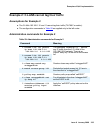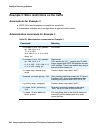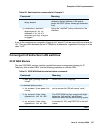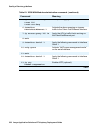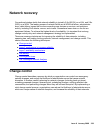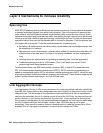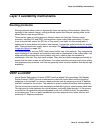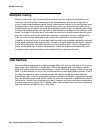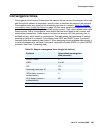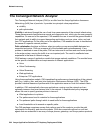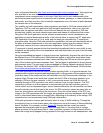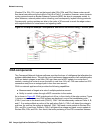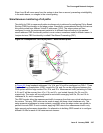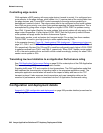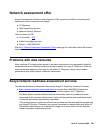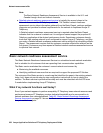
Convergence times
Issue 6 January 2008 343
Convergence times
Convergence is the time that it takes from the instant a failure occurs in the network until a new
path through the network is discovered, and all routers or switches are aware of the new path.
Convergence times vary, based on the complexity and size of a network. Table 62:
Sample
convergence times (single link failure) on page 343 lists some sample convergence times that
are based on a single link failing in a relatively simple network. They reflect update and/or hello
timers expiring. Dialup “convergence” times reflect the time that it takes to dial, connect, and
authenticate a connection. These times do not take into account LAG, fast spanning tree, or
multipath routing, which speed up convergence. This table shows the importance of carefully
planning for fail-over in a network. For example, both OSPF and EIGRP (Layer 3) protocols
converge faster than spanning tree (Layer 2). When designing a highly available data network, it
is more advantageous to use Layer 3 protocols, especially link-state (OSPF) or hybrid (EIGRP)
protocols, than Layer 2 (spanning tree).
Table 62: Sample convergence times (single link failure)
Protocol Approximate convergence
time (seconds)
EIGRP (Cisco) 2
OSPF 6 to 46
RIP 210
Spanning tree (Layer 2) 50+
ISDN dialup (connect +
authentication)
2
56-k dialup (connect +
authentication)
60



